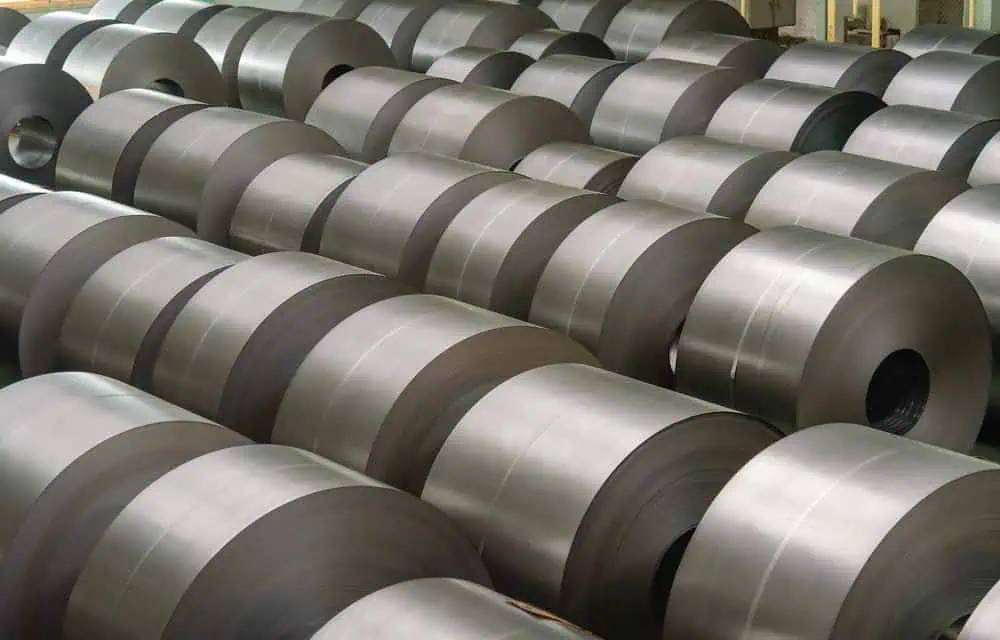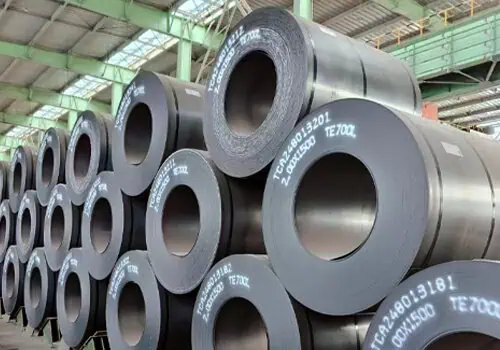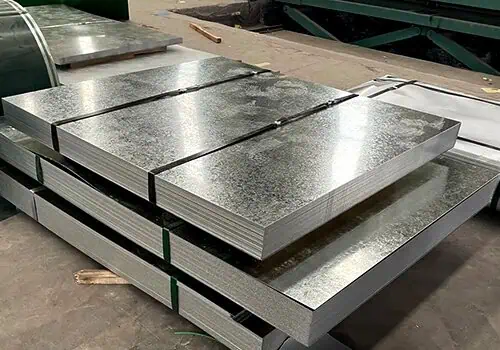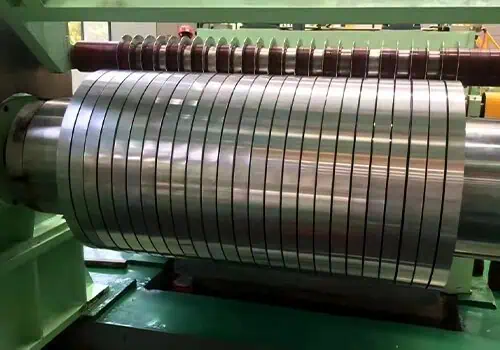Steel plays a vital role in industries, but what if you’re unsure about what rolled steel is and how it’s produced? This article dives into the details, offering clear insights.
What is rolled steel? Rolled steel is a type of steel that undergoes a rolling process to reduce its thickness, improve strength, and shape it into various forms, including coils, sheets, and plates. It’s used in construction, manufacturing, and other industries.
Now that we’ve established what rolled steel is, let’s explore its production process and different types in detail.
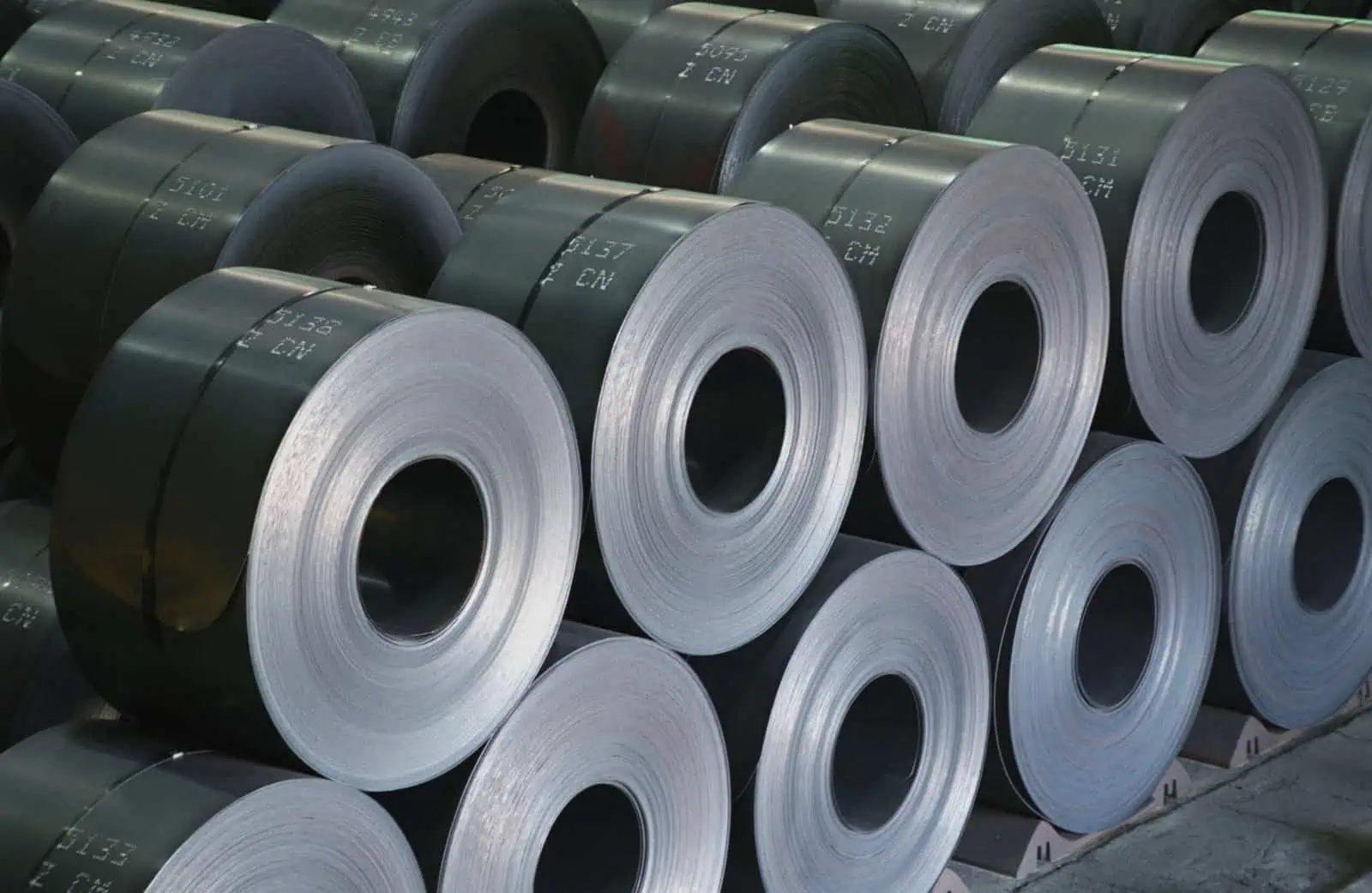
How Is Rolled Steel Made?
The production of rolled steel involves passing the steel through rollers at high temperatures to shape it into the desired forms. This is a fundamental process that affects both the strength and appearance of steel. The rolling process can be done hot or cold, depending on the end product’s intended use and specifications.
Hot rolling is the process of heating steel to temperatures higher than its recrystallization point (around 1700°F or 927°C), which makes it easier to form. After heating, the steel is fed through rollers, which compress and shape it into sheets or coils. This process helps to improve the material’s mechanical properties, such as strength and ductility, and makes it ideal for large-scale applications like construction beams or structural steel.
In contrast, cold rolling is done at room temperature. This method allows for greater precision and a smoother finish, making it ideal for products with exact specifications. Cold rolled steel is used in industries that require high strength and surface quality, such as automotive manufacturing.
What Are the Benefits of Rolled Steel?
Rolled steel provides several advantages. It’s extremely strong, durable, and can withstand significant pressure, making it ideal for heavy-duty applications. One of the primary reasons for its widespread use in a variety of industries is its versatility, which allows it to be produced in a wide range of forms and thicknesses. Furthermore, rolled steel is inexpensive to produce in large quantities, making it a popular choice for many industrial applications.
When produced through the rolling process, it maintains a high level of quality control and has fewer defects than other types of steel production. Whether it’s hot rolled steel or cold rolled steel, the process results in materials that are both reliable and consistent.
What Are the Different Types of Rolled Steel?
Rolled steel is classified into several types, each with a specific application. The two main types are hot-rolled steel and cold-rolled steel, but there are also variations such as coated steel (e.g., galvanized steel).
Hot-rolled steel is made by heating steel to a high temperature and then rolling it into the desired shape. The process makes it simple to shape large slabs of steel into beams, plates, and other heavy-duty products. Because of the heat involved, hot rolled steel has a rougher surface finish and may contain minor imperfections caused by thermal expansion.
In contrast, cold-rolled steel is processed at room temperature, resulting in a more refined finish. It is commonly used in applications that require precision and smooth surface finishes, such as automotive parts or appliances. Cold rolling also strengthens the material by making it more tightly compacted.
Another type of rolled steel is coated steel, which is similar to galvanized steel in that it is coated with zinc to improve corrosion resistance. This type is ideal for outdoor applications, such as construction, where steel is subjected to moisture or harsh environments.
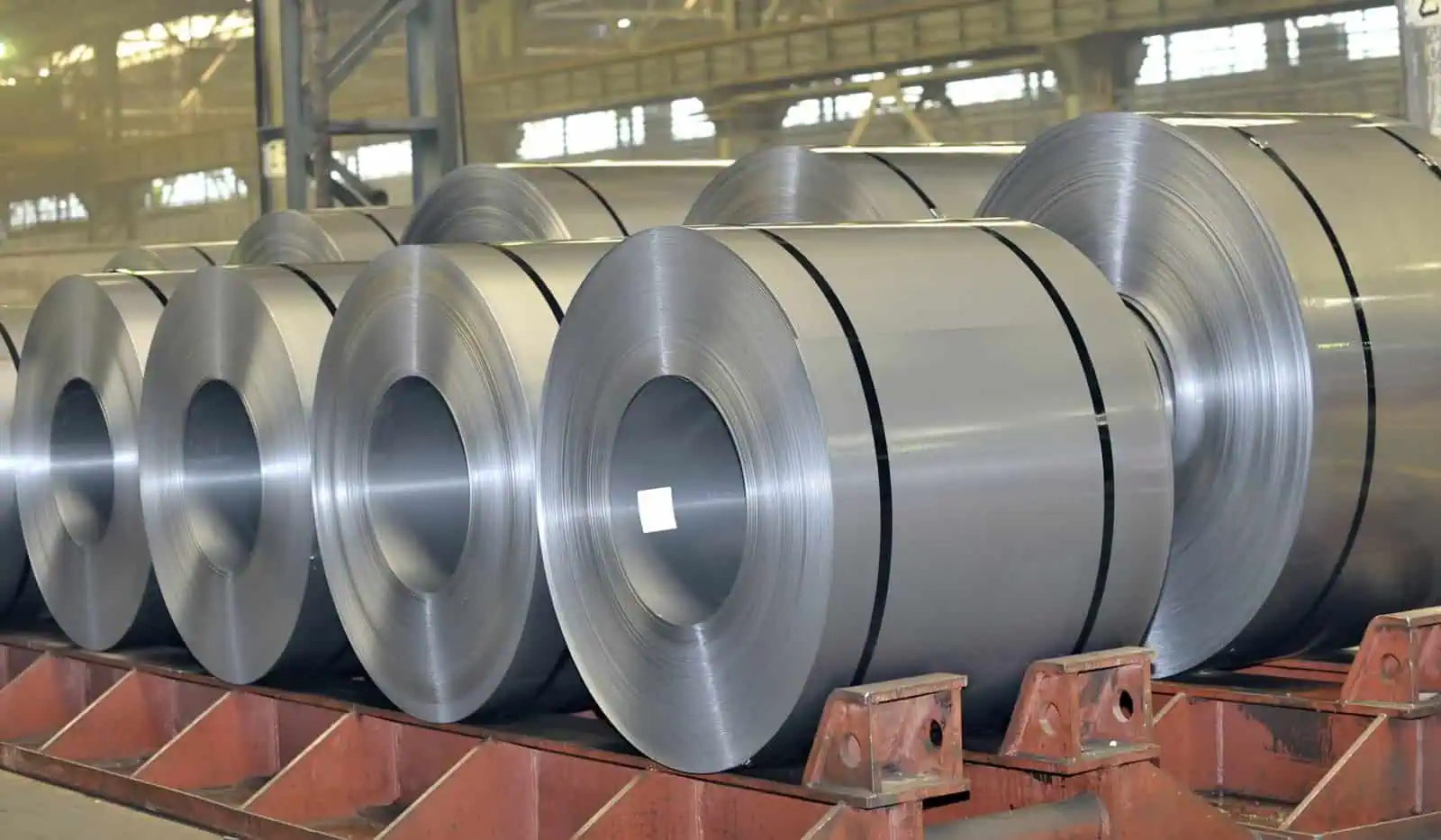
What Industries Use Rolled Steel?
Rolled steel is used in a variety of industries, making it a key material in modern manufacturing and construction.
- Construction: Steel is essential in building infrastructure such as bridges, skyscrapers, and highways. Rolled steel is used for beams, supports, columns, and other structural components.
- Automotive: Cold rolled steel is commonly used in automotive manufacturing, specifically for body panels, frames, and parts that require strength and precision.
- Manufacturing: Many products, from household appliances to machinery, are made using rolled steel because of its versatility and strength.
- Energy: Steel pipes, especially those used in the oil and gas industry, are made from rolled steel due to its ability to withstand pressure.
Why Choose Rolled Steel Over Other Materials?
There are numerous reasons why rolled steel is frequently used in a variety of applications. First and foremost, it is well-known for its low cost of production, particularly when in large quantities. The rolling process allows for the production of steel of consistent quality at a low cost. Furthermore, rolled steel is extremely strong and durable, making it ideal for structural and industrial applications.
Compared to other materials, such as aluminum, which may be more expensive or have different properties, rolled steel has high strength-to-weight ratios and can be produced in a variety of shapes. Furthermore, rolled steel is easily adaptable and can be manufactured to meet specific standards based on the application, whether you require cold rolled steel for precision or hot rolled steel for strength and versatility.
What Is the Difference Between Steel and Rolled Steel?
While steel refers to a wide range of metal alloys primarily composed of iron and carbon, rolled steel is a specific type that has undergone the rolling process. Essentially, rolled steel is made from steel that has been heated and then passed through rollers to reduce its thickness and shape it for various industrial applications.
In short, rolled steel is a type of steel that has undergone extensive processing to improve its properties for specific applications. What is rolled steel? It is often confused with general steel, but the distinction lies in its manufacturing process and physical properties.

Is Rolled Steel Magnetic?
Many people wonder if rolled steel is magnetic, and the answer is yes, depending on the steel used. In general, steel made primarily of iron and carbon has magnetic properties, especially when hot-rolled or cold-rolled. However, if the steel contains a higher concentration of elements such as chromium or nickel (as in stainless steel), it may be nonmagnetic.
The presence of specific alloys determines whether rolled steel exhibits magnetic properties. For example, in cold rolled steel, the crystalline structure, which can change during the rolling process, may influence the steel’s magnetic properties.
Is Rolled Steel the Same as Stainless Steel?
Although rolled steel and stainless steel may look similar, they differ in composition and properties. Rolled steel is typically made from carbon steel, whereas stainless steel contains a high concentration of chromium, making it resistant to rust and corrosion.
While rolled steel is commonly used in structural applications where corrosion is not an issue, stainless steel is preferred for use in more specialized environments, such as kitchens, medical equipment, and marine applications, due to its resistance to rust and corrosion.
How Strong Is Rolled Steel?
The strength of rolled steel is one of the primary reasons for its popularity in various industries. Rolling steel, whether hot or cold, increases its strength, making it ideal for applications that require a material that can withstand high loads and pressures.
Cold rolled steel has a higher tensile strength than hot rolled steel due to the compacting nature of the process. Cold rolled steel is ideal for applications that require both precision and strength, such as automotive manufacturing or appliances.
Is Rolled Steel the Same as Cast Iron?
Rolled steel is not the same as cast iron. While both materials are commonly used in manufacturing, they have very different production methods and properties.
Cast iron is made by melting iron and pouring it into molds, leaving it brittle and less flexible than rolled steel. Rolled steel, on the other hand, is shaped into its final form using rollers, making it much stronger and more versatile for bending and shaping. Cast iron is used for engine blocks and cookware, but rolled steel is preferred for structural and high-strength applications.
Summary
Rolled steel is essential for industries worldwide due to its strength, flexibility, and cost-effectiveness. Understanding its benefits and types can help you choose the right steel for your needs.

